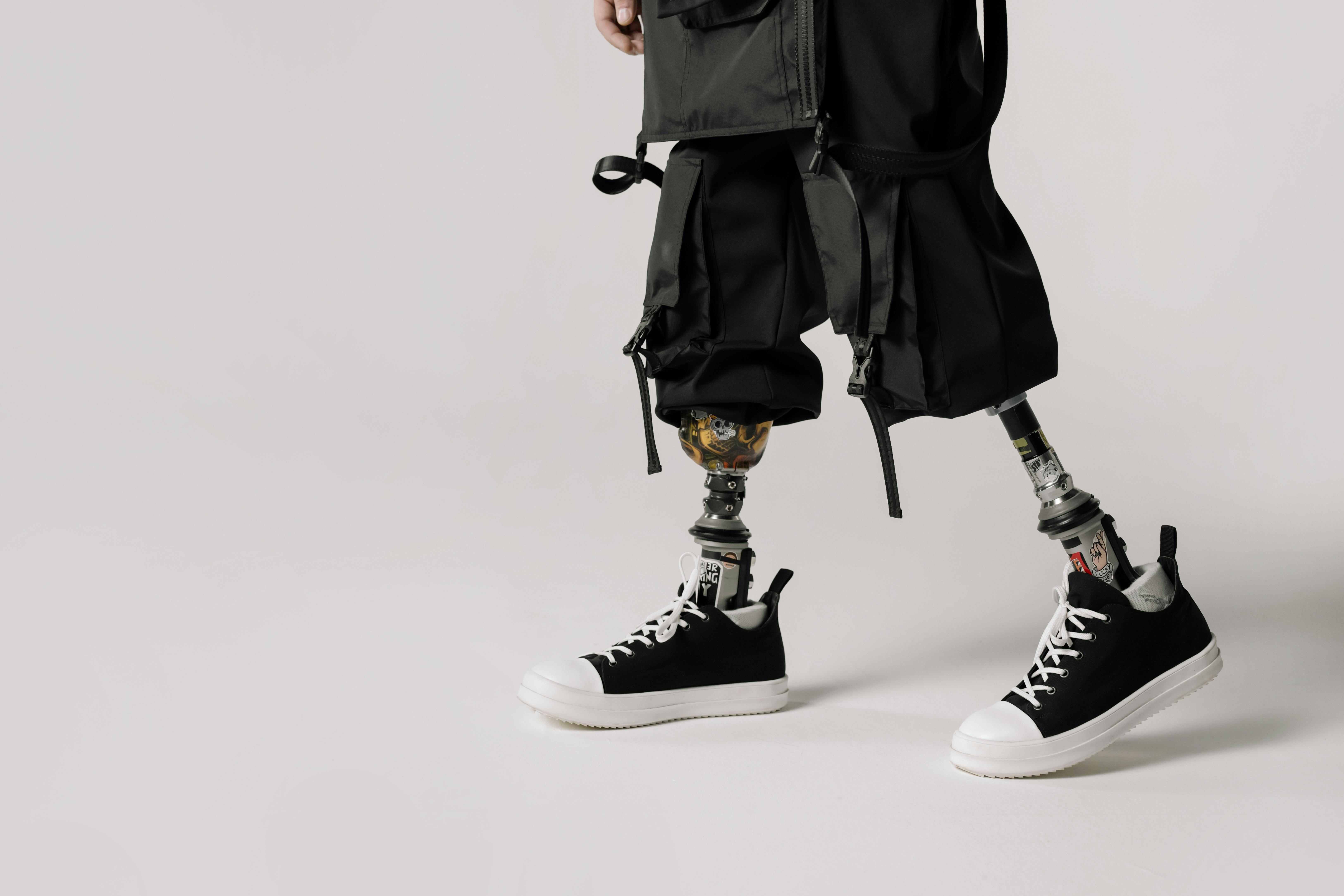Artificial intelligence and automation technologies are advancing at a rapid pace, driving large‑scale deployments of robots across manufacturing, healthcare, logistics, and service sectors. This momentum is propelling overall industry upgrades and operational efficiency leaps. Amid this wave, mastering the manufacture of high‑precision, high‑reliability core components has become the decisive factor in market competitiveness.

Photo by https://www.pexels.com/zh-tw/photo/6152635/
Precision Machining and Composite Process Integration
After forging, advanced CNC turning and milling are combined with micro‑axis and multi‑axis machining processes to achieve high‑precision finishing of complex geometries. On a near‑net‑shape forged blank, tolerances within ±0.005 mm are routinely met, while sensor ports and lubrication channels are machined in‑line to ensure low friction and real‑time condition monitoring of robotic joints, gears, and support structures during high‑speed reciprocating motion.
Surface Treatment and Functional Enhancement
To extend component service life and enhance surface functionality, a suite of post‑processing techniques—including anodizing, passivation, electroplating, and specialty coatings—is employed. These multi‑layer treatments significantly improve corrosion resistance and wear performance, while microscopically reducing surface defects, ensuring long‑term, reliable operation of robotic systems under extreme conditions.
Material Options and Supply Chain Resilience
Addressing diverse requirements for strength, weight, and cost‑efficiency, material selections span aerospace‑grade aluminum, titanium alloys, and high‑performance engineering plastics. Coupled with in‑house tooling design and a global procurement network, manufacturers can swiftly switch between small‑batch customization and large‑volume production, markedly enhancing supply chain flexibility and shortening lead times to mitigate project risk.
Key Drivers Powering Future Automation
As smart manufacturing and automation technologies continue to evolve, demands on component precision, durability, and delivery performance grow ever higher. Through the above process and management optimizations, core component manufacturers are solidifying their pivotal role in the robotics value chain, driving entire automation systems toward greater efficiency, intelligence, and sustainability.














